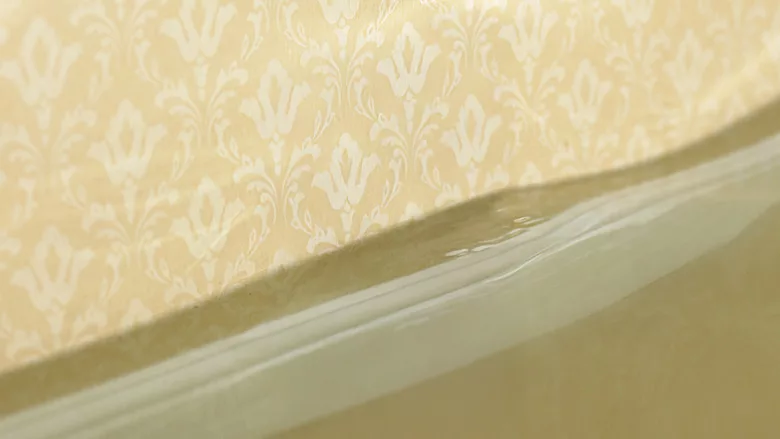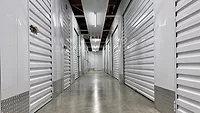Baseboard Water Damage - Causes, Repair and Prevention
Identify, fix and prevent baseboard water damage before it spreads

Credit: Michael Blann / DigitalVision via Getty Images
As restoration professionals, we've likely seen countless cases of water-damaged baseboards in homes across the country. From subtle swelling to severe warping, these issues can quickly escalate from minor inconveniences to major headaches for our customers if it’s left unchecked. Here’s how you can successfully help your customers and educate them on avoiding this type of issue in the future.
Signs of Baseboard Water Damage
The most common indicator we see is paint beginning to peel or bubble along the baseboard surface. This often starts to subtly but progressively gets worse over time. During inspections, you may also notice discoloration patterns — typically yellowish or brownish stains - that signals moisture problems.
Another red flag is baseboards separating from the wall, which occurs when prolonged moisture exposure causes the material to warp and pull away from its mounting surface. Perhaps the most concerning sign is the presence of mold or mildew, often accompanied by a musty odor. When we detect these, we know there's likely significant moisture accumulation behind the wall. Likely, a pipe has started leaking and over time accumulated enough moisture to start pushing “through” the wall.
What Causes Water Damage on Baseboards?
Through our years of restoration work, we've identified most common culprits behind baseboard water damage. Plumbing leaks, particularly from bathroom fixtures or washing machines, is something we mostly address. We've found that even minor pipe leaks within walls can gradually saturate baseboards over time.
Our team has also dealt with numerous cases stemming from exterior water infiltration. Poor drainage around foundations or improperly sealed windows often allows water to seep in and affect baseboards. In our humid climate of Louisiana, we also regularly see damage caused by condensation, especially in bathrooms and basements with inadequate ventilation.
How to Repair Water Damage on Baseboards
Here’s a step-by-step to repair baseboards damaged by water. First, identify and eliminate the water source — there's no point in replacing baseboards if the underlying issue persists. You’ll just need to replace them again in the future once they eventually get damaged again.
Once you've addressed the source, you will carefully remove damaged sections, ensuring you don't harm the surrounding wall material. Proper measurement is crucial — always cut replacement pieces slightly longer than needed and then trim them to achieve perfect fits.
For replacement, using moisture-resistant materials yields the best long-term results. While MDF baseboards are common, we often recommend PVC alternatives for areas prone to getting wet.
Always seal end cuts and use waterproof adhesive in addition to traditional fasteners.
How to Prevent Baseboard Water Damage in the Future
We always recommend installing moisture barriers behind baseboards in wet areas like bathrooms and laundry rooms. Regular inspection of nearby plumbing fixtures has helped our clients catch potential issues before they become problems.
How often to inspect plumbing? Once a year, ideally in the winter when pipes also tend to freeze and burst. Proper ventilation makes a significant difference. In bathrooms, we insist on running exhaust fans during showers and for at least 30 minutes afterward.
For exterior walls, we recommend maintaining proper drainage slopes away from the foundation and keeping gutters clean and functional. When we install new baseboards, we always apply water-resistant sealants and ensure proper caulking at all joints and seams.
By implementing these preventive measures, you’ll help your homeowners avoid costly repairs and maintain the integrity of their baseboards for years to come.
Looking for a reprint of this article?
From high-res PDFs to custom plaques, order your copy today!









